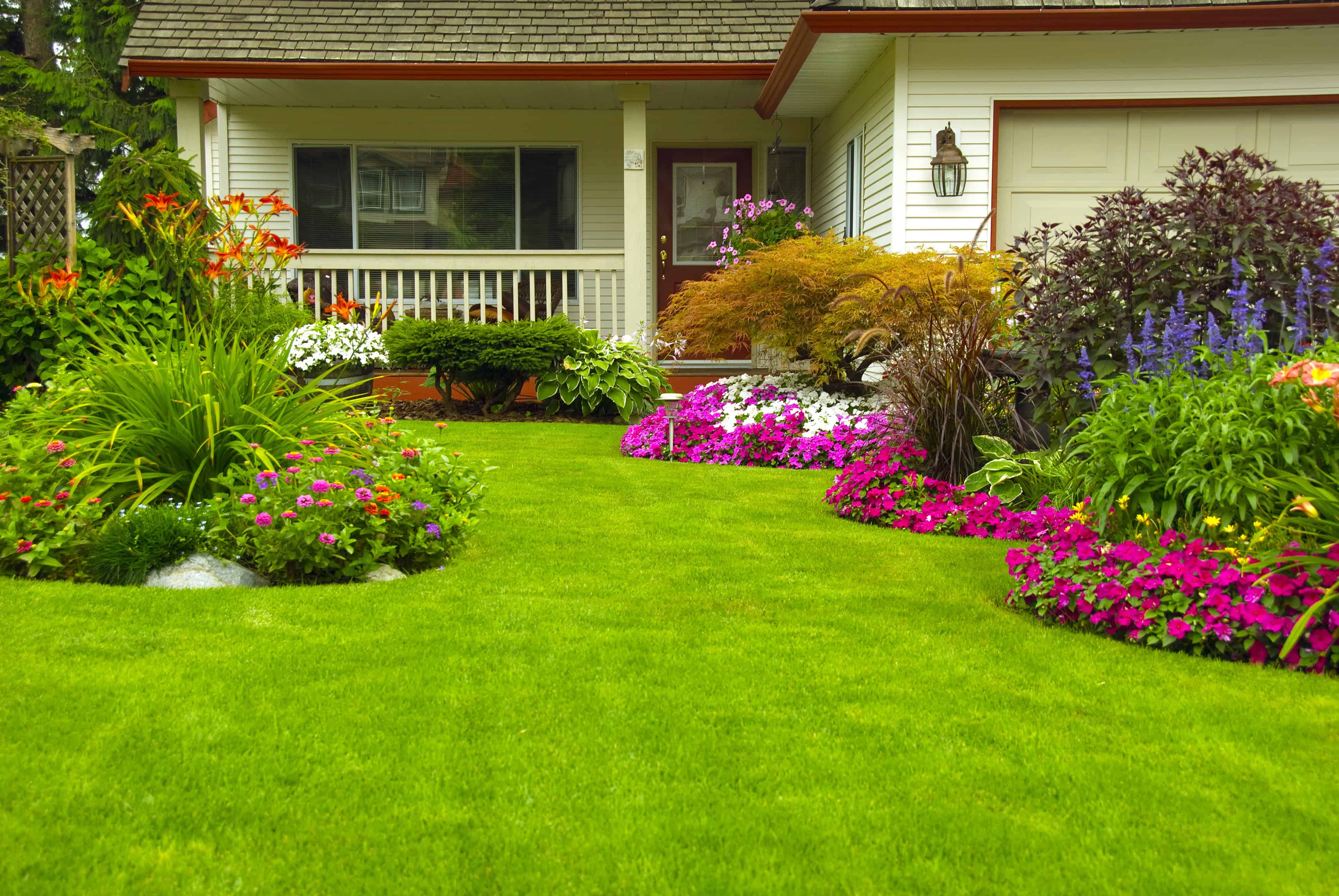There’s nothing quite like the lush green carpet of a healthy lawn, is there? Unfortunately, getting the perfect yard takes a bit of work. Summertime heat makes the grass vulnerable to stress due to dehydration, and weeds seemingly want to take over for as long as the growing season lasts. The good news is that caring for your yard isn’t as complicated as you might think; by following the right tips and staying consistent, you can have the lawn of your dreams!


Many lawns suffer from bare patches, which definitely get in the way of the yard’s potential aesthetic appeal. There are a few ways to fix this. The slowest way is to fix whatever issue is causing the bare patch, and wait for the area to fill in naturally. A much more efficient solution is to have sod installed by a company like The Grass Store, so you don’t have to invest any extra time helping the new grass grow back. You’ll still have to make sure the same issues don’t cause the new grass to die off, but the advantage is that you won’t have to wait for months to years as the grass slowly fills in the bare spaces.
Sharpening the blades of your lawnmower may be as much of a priority as greasing the hinges on your decorative shutters, but there’s actually a reason why you should do it. When grass is cut with dull blades, there’s more damage caused to the edges. This causes stress, which increases the chances of developing disease. Cleaner cuts are easier for the grass to recover from, resulting in a healthier lawn.
What makes something a “weed”? In most cases, it’s just a plant that’s growing in the wrong place at the wrong time. Dandelions are generally considered weeds, even though they have pretty yellow flowers and medicinal properties. When they sprout up in your otherwise uniform yard, though, they’re most definitely weeds. Even grasses like Bermuda grass could be considered weeds if they’re growing in a lawn full of St. Augustine.
Most herbicides are carefully formulated to kill certain plants while leaving others alive. If you want to eliminate weeds from your yard, make sure you’re using a herbicide that’s formulated for your needs.
Unless you’ve already optimized your mowing schedule, this tip will probably apply to you. It’s common to wait until the grass is practically a jungle, chop most of it off, and then repeat the cycle. However, this actually stresses the grass out compared to more frequent mowings that remove less grass. In general, you should only remove about one-third of the lawn’s height at once. For grass that’s supposed to be kept around two inches, this means letting it grow no more than three inches tall. This may sound like an extreme mowing schedule, but in most cases it’ll only require you to mow about once per week.
How much water does your yard need? This will vary according to the type of grass you have, as well as the climate you live in and the current seasonal conditions. If this sounds complicated, don’t worry – it really isn’t.
First, find out how much water your grass needs; a simple Google search should give you the right answers. Most grasses can handle plenty of variation in how much water they get, but each variety will have its happy spot. This is where it’ll be healthiest and most robust, which is what these tips are all about.
Second, pay attention to changes in heat, dryness, seasonal changes, etc. These will give you cues for adjusting how much water the lawn gets, which is another way to avoid stressing out the grass.
To find out how much water the lawn is getting, you’ll need to calibrate the sprinklers. This is true whether you’re placing the sprinklers around the lawn yourself, or you have an automated system. Again, this is easier than it sounds! Simply take a plastic container, and make a mark measuring one inch from the bottom. Then place it under a sprinkler while it’s watering the grass, and track how long it takes for the water level to rise to the one-inch mark. This tells you how long it takes for the sprinklers to dispense one inch of water, giving you a much higher degree of accuracy when you’re watering the yard.
Nutrients get leached from the soil over time, even with the best lawn-care practices; that’s just how it works. The grass uptakes nutrients from the soil every day, and rain or sprinklers wash nutrients past the point where the roots of the grass can reach them. It helps to let the grass clippings from each mowing compost back into the soil, but this isn’t necessarily a great long-term solution.
The easiest way to add nutrients back into the soil is with fertilizer, but this shouldn’t be done willy-nilly. Before simply sprinkling or spraying any old fertilizer onto your lawn, you should do some simple tests on the soil to determine which nutrients (if any) are getting low. Test strips are usually available at local nurseries, as well as fertilizers to address any deficiency in the soil.
Over time, any part of the yard that experiences traffic will get compacted. This makes it harder for the grass to access oxygen, let alone put down new roots. This can slow down growth, and make the lawn less resilient overall. Core aeration is the best solution, by using a machine that punches small holes in the topsoil. This loosens up the dirt, making it easier for the grass to breathe and create new growth.
Even if your yard isn’t in great shape, you may be closer than you think to an amazing lawn. By following these tips, your lawn will be healthy and weed-free before you know it.
This website uses cookies.